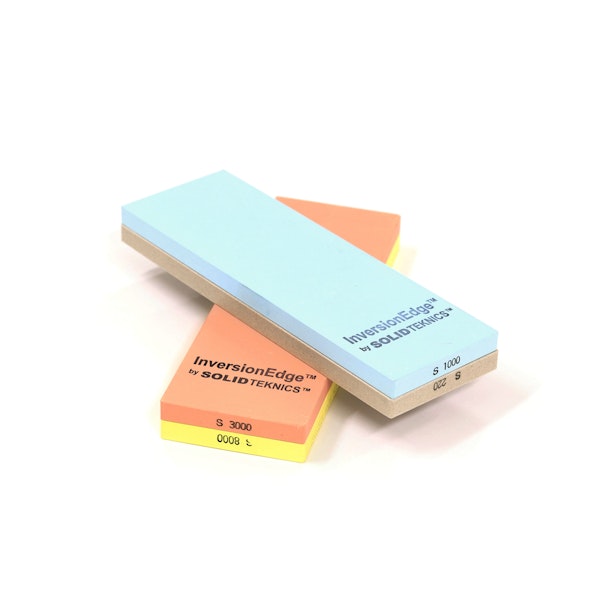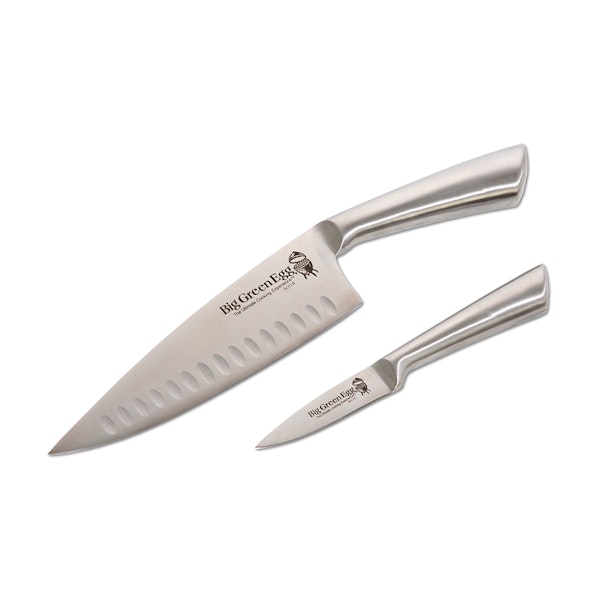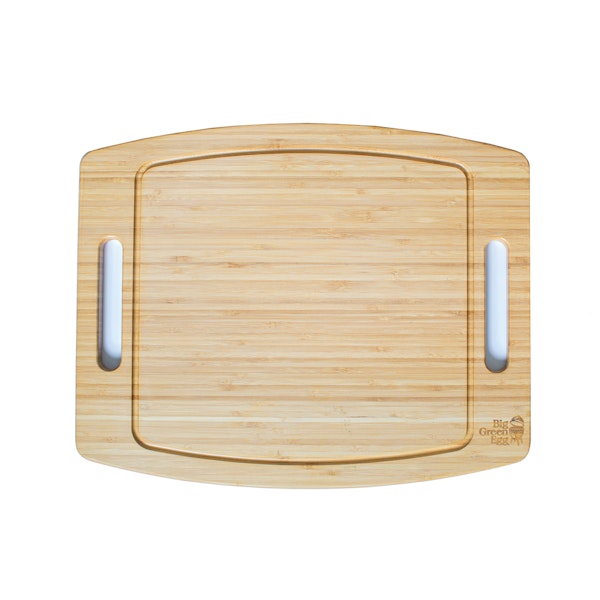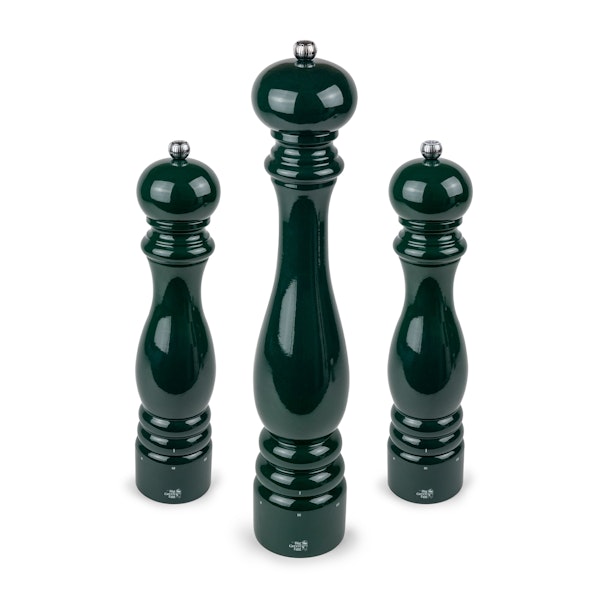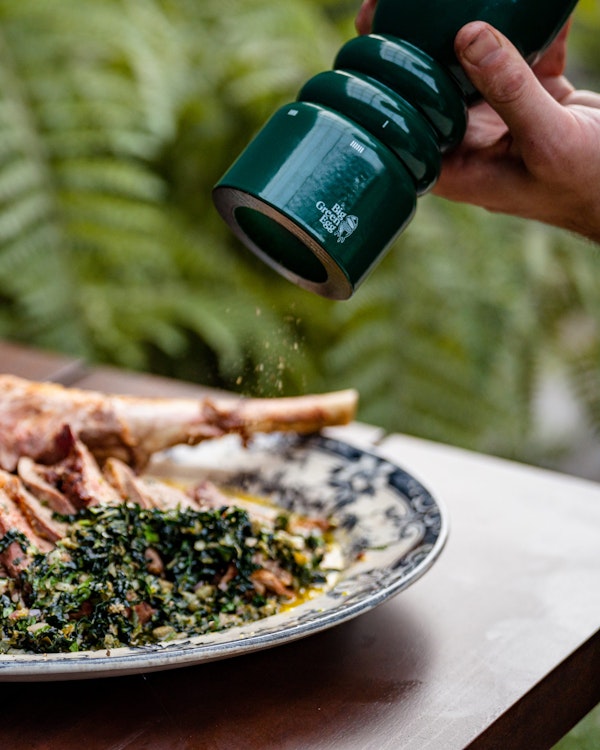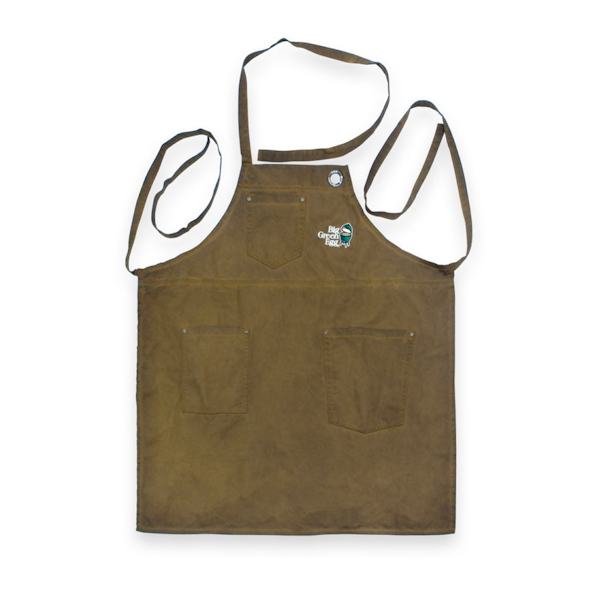
Soliditi 15cm Usudeba Knife
£ 295
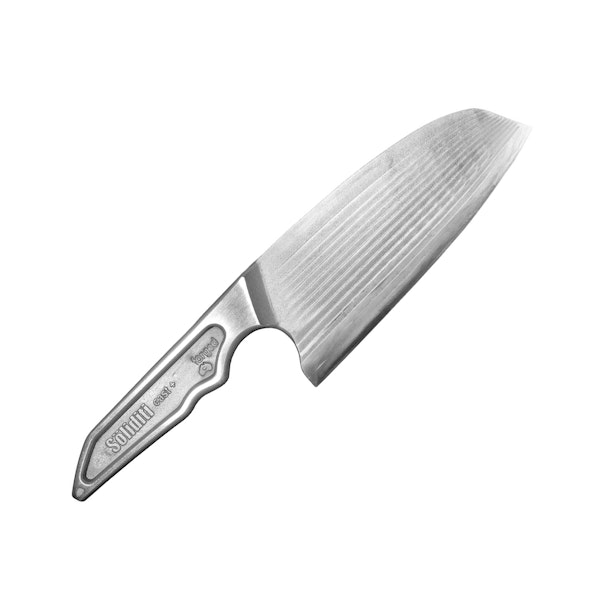
£ 295
Soliditi 15cm Usudeba Knife
Having gained a worldwide fanbase, Solidteknics cookware is now available in the UK for the first time and quickly making its mark. The Söliditi 15cm Usudeba knife is a versatile, all-round knife that excels at fine-slicing vegetables, meat and fish. Its patented corrugated blade and chisel edge geometry reduce ‘sticking friction’, meaning that sliced food just drops away.
The shape of the blade (and its name!) is a hybrid of two traditional Japanese knife styles: ‘usuba’ and ‘deba’. It is cast with our custom carbon steel composition, then precisely closed-die cold-forged in one solid monobloc. Like our pans, it is built to last for generations.
The Usudeba knife is available in both right-handed and left-handed versions.
Code: ST-SU15R
FAQs
Like all the best Japanese-style knives, the Söliditi has a chisel edge, meaning that the blade is only sharpened on one side. This asymmetric alignment tends to cause the knife to steer inwards when cutting. It is a design that allows for extremely precise chopping and fine slicing, but if you’re used to a symmetrical Western blade, learning how to counter the knife’s inward steer can take time. You need to consciously correct the motion by steering slightly outwards. With a bit of practice, this will soon become automatic.
There is a risk of your knife rusting if left in contact with water for an extended period, so never leave it to soak or put it in a dishwasher. Thoroughly dry after washing, then rub it all over with food-safe oil before storing in a dry place.
The easiest way is with our InversionEdge Sharpening System. Otherwise, you’ll need to use traditional Japanese manual sharpening methods: high-quality water stones and a lot of skill. Search YouTube for ‘sharpening Japanese chisel-edge knives’ or ‘sharpening Japanese single-bevel blades’ for a long list of videos. Never use a steel, a drag-through gadget, powered wheels or belts (or any method other than fine water stones!) or that chisel-edge geometry could be irreversibly ruined.
The cutting edge will be damaged by impact with hard surfaces, so avoid cutting through bones, frozen foods, coconuts or extremely hard, dense fruit and vegetables.
After being cast and forged, our knives are sharpened by hand. As a result of this artisanal process, each knife will be left with unique marks. As with our pans, our knives are workhorses, not beauty queens. They’re designed to last for generations. The beauty is in the performance!
A carbon steel knife will never remain visually pristine. It will develop a greyish-blue patina over time. This is not a bad thing – the patina acts as a seal, reducing the risk of rust or corrosion.
Unlike the greyish-blue patina, rust presents as orangey. It needs to be removed. First, clean the blade with a non-abrasive cleaning solution and a cloth. When clean, mix a small amount of baking powder with a little water to form a light paste. Lay your knife on a surface and apply the baking paste to one side of the blade. Depending on the quantity of rust, wait between five and 30 minutes.
With a scrubbing pad or steel wool, scrub the paste-covered side of the blade. Reapply more paste if needed until all the rust has gone. Flip the knife over and repeat on the other side of the blade.
Finally, wipe the blade with a cloth to remove any rust particles and soda paste. Apply a light coating of oil for extra protection, then wipe off any excess oil. After all that activity, your blade may need a quick sharpen.










